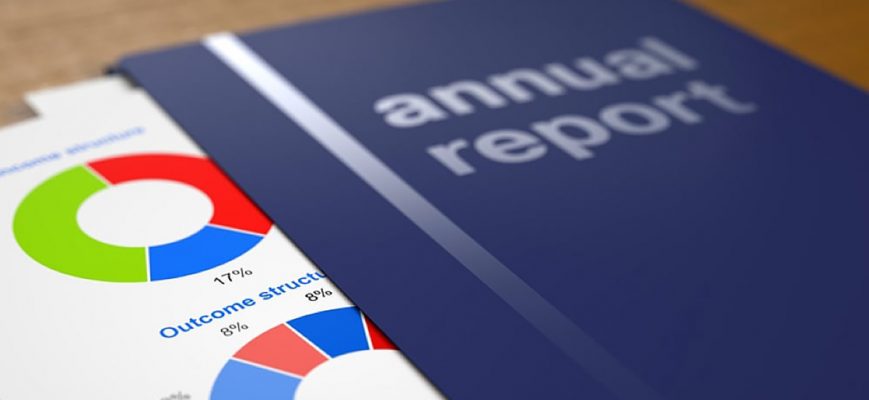Preparing your Annual Report for translation
It’s that time of year when your company is starting to think about the Annual Report. The information contained is valuable and it must be treated as confidential until publication, but then it will be read by shareholders and employees all over the world. The data must be correct, but it should also be presented professionally — well-written and with clarity. A high-quality translation will impress your international shareholders and other stakeholders.
Will you need to produce your Annual Report in two or more languages? If so, the most cost-efficient way to do it, is to consider the translation process from the outset.
Annual reports usually follow international standards and regulations such as the IFRS, the IASB and the ESMA. As such, your project manager and the translator must be familiar with the requirements regarding terminology, format and structure. And once you’ve found the right, specialised translator — how to proceed?
Multilingual documentation
Creating and maintaining multilingual documentation is not as simple as many people think. Translating the text is a significant part, but should not be a sub-procedure independent of the rest of the process.
Pasting translated text into your original layout — unless you are completely fluent in that language, and familiar with language-specific typographic rules — can create problems:
- Different languages use different punctuation — quotation marks, for example
- Some languages use different spacing: for example, French requires a space before colons, semi-colons, question marks and exclamation marks
- Some languages/regions use a decimal point, others a decimal comma
- And it’s vital that you present all numerical units correctly — we would strongly recommend complying with SI standards (International System of Units)
Furthermore, different languages take up different amounts of space. Often very different amounts, as is the case with English and Chinese, for example. If you design your Annual Report to accommodate only one language, you may have to adapt the layout, or even re-design it, for the translation. Imagine you have a two-page spread in Spanish, and the English translation only takes up one page. Or, even worse, that it’s the other way round, and you need to insert an extra page to accommodate the Spanish.
This is particularly true if the design and layout is relatively inflexible. Often, graphic designers are unaware of the challenges involved in setting up and maintaining multilingual documentation. And don’t forget, designers generally charge by the hour, so retroactively adapting your annual report will generate significant expenses. For these reasons, we believe that the language service provider (LSP) should be involved in DTP from the outset.
Find out more: Preparing Layouts for Translation
Benefits to you
One of the techniques we use is to pay close attention to the early stages of design work. During pre-processing, for instance, it is important that the text ‘flows’; that the format accepts text segments of varying length; and that you avoid the use of manual line breaks in the middle of paragraphs.
By managing the DTP, as well as the translation(s), QuickSilver is able to pass on considerable savings to our customers:
- Time-to-market is reduced: As soon as the translations are ready, you can release the report. No more to-ing and fro-ing of emails between designers, translators and project managers.
- Costs are reduced: You won’t need to pay additional costs to a graphic design team.
- Hassle is reduced: Simply send us the document to be designed and translated, and we’ll send it back — finished!
- Confidentiality: We guarantee confidentially to all our clients; and we sign confidentiality agreements with all our translators
In addition, our specialised translation memory software means that, when you release subsequent annual reports, we only translate the updates you make, rather than the entire document.
Using CAT tools, your text will be broken down into small units called segments (usually a sentence or phrase). When our translators approve a translated segment, it is simultaneously saved into your (client-specific) translation memory. If a segment is similar to a previously approved one, the translation is automatically suggested to the translator. This allows the translator to use the approved segment, saving time, and ensuring the customer’s corporate language remains consistent.
Find out more: The Key Advantages of Translation Memory
Review
Even the best specialist translators make mistakes from time to time, so all our translations undergo review (and editing if required) by our in-house team. Your reviewer will be familiar with the specifics of your business and sector, and we have specialised reviewers who have expertise in finance and accounting. Furthermore, they are knowledgable in the subtleties of language varieties, such as British and American English, or European and South American Spanish.
And next years’ Annual Report…
We understand that producing a ‘new’ annual report often doesn’t involve very much actual revision. By utilising your translation memory, we can save you time and money by working on only what has actually been changed in your new version. We won’t need to translate the entire document from scratch!

